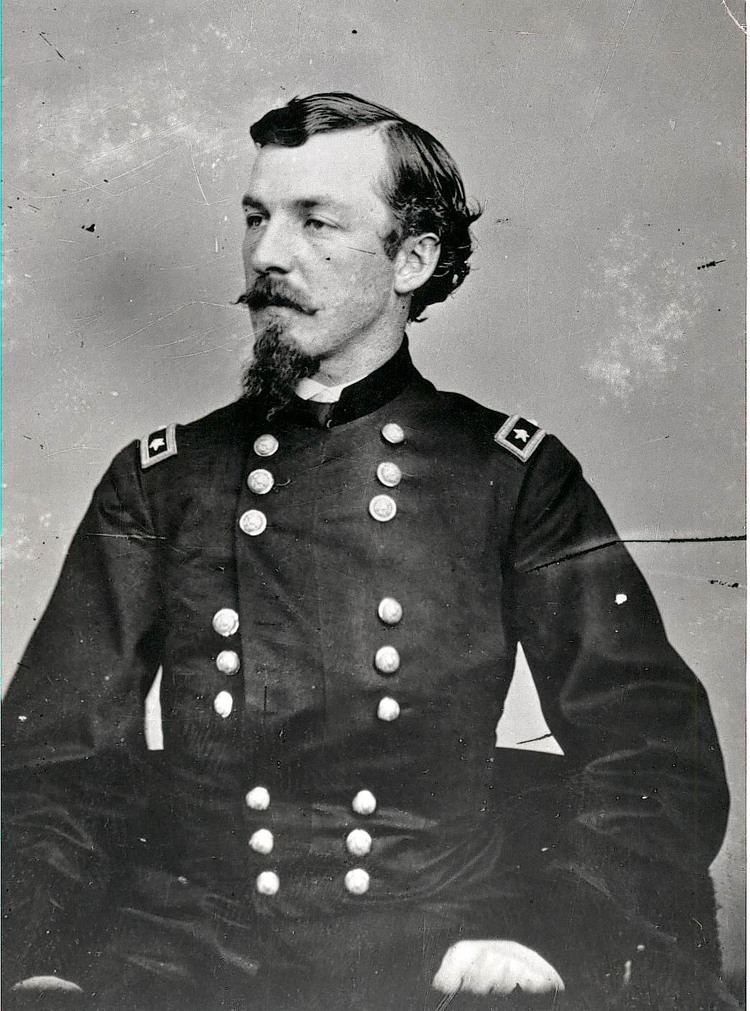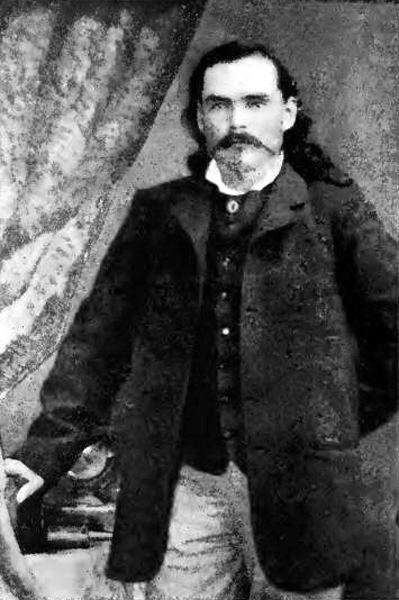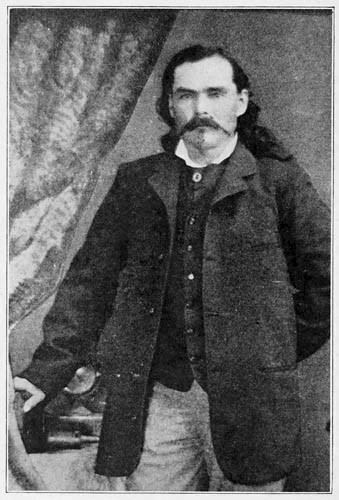Nickname(s) Billy Dixon Rank Civilian Scout | Name Billy Dixon | |
 | ||
Battles/wars Second Battle of Adobe WallsBattle of Buffalo WallowRed River War Died March 9, 1913, Cimarron County, Oklahoma, United States Books Life and Adventures of "Billy" Dixon (Illustrated), Life and Adventures of "Billy" Dixon, of Adobe Walls, Texas Panhandle Battles and wars | ||
Billy Dixon video 2 talks at the Women Into Business 'New Year New You' event
William "Billy" Dixon (September 25, 1850 – March 9, 1913) was an American scout and buffalo hunter active in the Texas Panhandle. He helped found Adobe Walls, fired a legendary buffalo rifle shot at the Second Battle of Adobe Walls, and for his actions at the "Buffalo Wallow Fight" became one of eight civilians ever to receive the U.S. Medal of Honor.
Contents
- Billy Dixon video 2 talks at the Women Into Business New Year New You event
- Re creating the billy dixon shot at adobe walls
- Early life
- Second Battle of Adobe Walls
- Army Scout
- Later years and death
- References

Re creating the billy dixon shot at adobe walls
Early life

Dixon was born in Ohio County in west Virginia, on September 25, 1850. Of European and Native American ancestry he was orphaned at age 12 and lived with an uncle in Missouri for a year before setting out on his own. He worked in woodcutters' camps along the Missouri River until he started working at age 14 as an ox driver and a muleskinner for a government contractor in Leavenworth, Kansas.

He was a skilled marksman and occasionally scouted for eastern excursionists brought by the railroads. In 1869 he joined a venture in hunting and trapping on the Saline River northwest of Fort Hays in Kansas.

He scouted Texas as far south as the Salt Fork of the Red River when the buffalo hunters moved into the Texas Panhandle in 1874. He and his group hunted along the Canadian River and its tributaries.
Second Battle of Adobe Walls

Dixon led the founders of Adobe Walls to the Texas Plains, where he knew buffalo were in abundance. The group of 28 men and one woman occupied the outpost of five buildings 15 miles northeast of Stinnett.
The outpost was attacked on June 27, 1874, by a band of 700-1200 Indians, and that is when Dixon went into the history books for firing "The Shot of the Century" which effectively ended the siege. Although Dixon states in his biography that it was a "scratch shot", he is still honored to this day with competitions in England and the US that attempt to match his skill.
The stand-off continued into a third day, when a group of Indians were noticed about a mile east of Adobe Walls. It is said that Dixon took aim with a quickly borrowed .50-90 Sharps (as, according to his biography, he only had a .45-90 Sharps and felt it could not reach) buffalo rifle and fired, knocking an Indian near Chief Quanah Parker off his horse almost a mile away on his third shot and killing him. Unnerved, the Indians then withdrew and left the settlement alone. Commemorative "Billy Dixon" model reproduction Sharps rifles that supposedly recreate the specifications of Dixon's famous gun are still available.
Army Scout
Billy Dixon quit buffalo hunting and, the following August, became an army scout. In September 1874, just three months after Adobe Walls, an army dispatch detail consisting of Dixon, scout Amos Chapman and four troopers from the 6th Cavalry Regiment were surrounded and besieged by a large combined band of Kiowas and Comanches, in the Battle of Buffalo Wallow. They holed up in a buffalo wallow located in Hemphill County and, with accurate rifle fire, held off the Indians for three days. An extremely cold rainstorm the last night discouraged the Indians, and they broke off the fight; every man in the detail was wounded and one trooper was killed. For this action Dixon, along with the other survivors of "The Buffalo Wallow Fight", were awarded the Medal of Honor (for Gallantry in Battle). The medal is presently on display at the Panhandle Plains Historical Museum in Canyon, Texas. A Texas Historical Marker documents the battle site.
Later years and death
In 1883 Dixon returned to civilian life and built a home near the Adobe Walls site. He was postmaster there for 20 years and also the first sheriff of newly formed Hutchinson County, Texas. He served as state land commissioner and a justice of the peace.
In 1894 he married Olive King Dixon of Virginia, who for nearly three years was the only woman in Hutchinson County. They had seven children. In 1902 the family moved to Plemons for schooling for their children. In 1906 they moved to Oklahoma.
Dixon died from pneumonia at his Cimarron County homestead in 1913 and was buried in Texline. On his deathbed he told Olive his complete life story, which she penned and later published. In 1929 his body was reinterred at Adobe Walls near where he stood when he first saw the Indians riding up the valley.
Dixon Creek in southern Hutchinson County was named for him, as is the Billy Dixon Masonic Lodge in Fritch. A plaque commemorating his Medal of Honor was formally dedicated in 1992. The Historical Breechloading Smallarms Association of Lancashire, England, holds a shooting competition to commemorate his incredible long-distance shot. Known as the Vintage Rifle Open Long Range Championships, it is shot at a distance of 1,000 yards using black-powder cartridge rifles of that era, and is strongly contested from shooters all over the United Kingdom.
